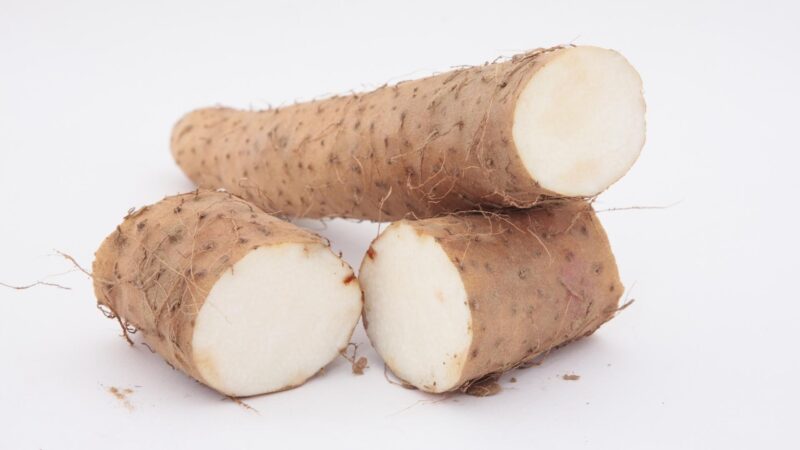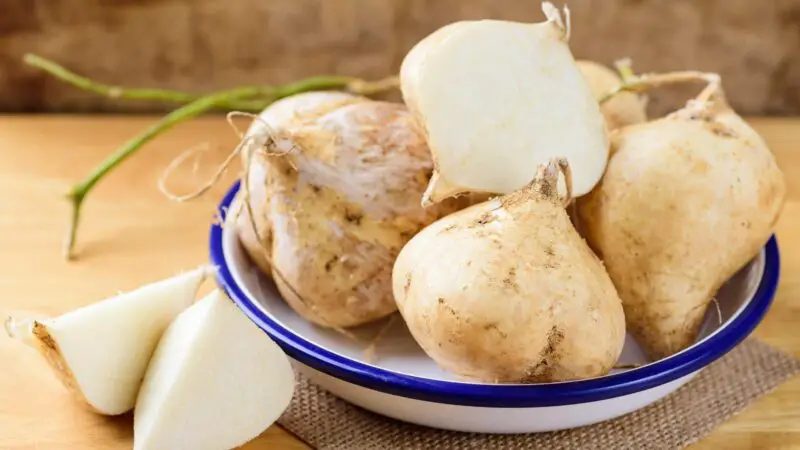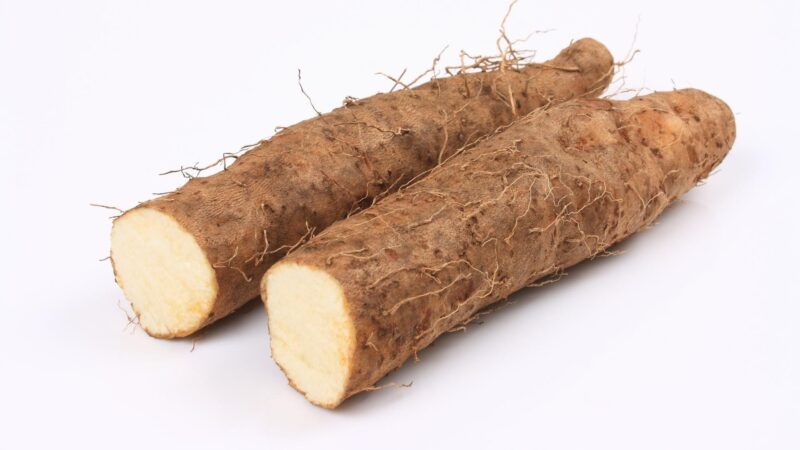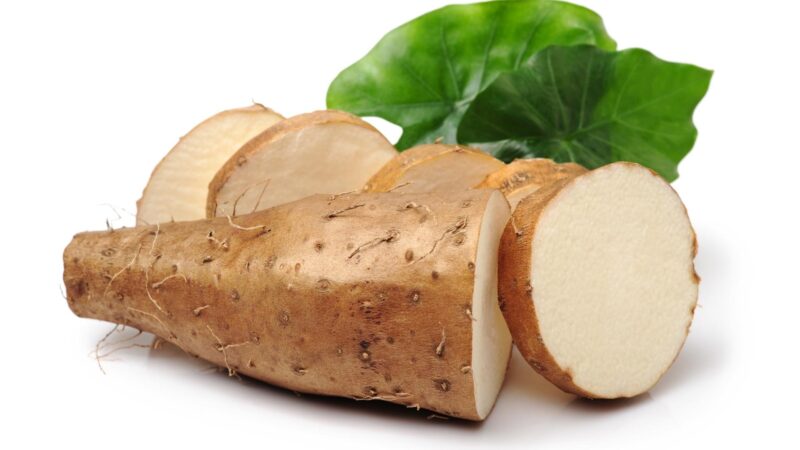Yams are basically a variety of sweet potato, and they look quite similar as well. With a yam, every meal becomes even healthier and just as tasty as with regular potatoes. We consume them in many different ways, and it is also healthy for guinea pigs.
Yes, guinea pigs can eat yams. They are healthy for the guinea pigs because they contain vitamin C, which is the absolute must-have nutrient for the guinea pigs. They can eat yams twice per week.
Table of Content
Are Yams Good for Guinea Pigs? | Health Benefits

- Antioxidants – Vitamin A in the yam will boost the overall immunity. This vitamin is an antioxidant, which means it will improve the health of all organs in the body. With good antioxidant protection, the body is at less risk for many diseases.
- Scurvy prevention – In yams, there is also vitamin C. When the guinea pigs lack this vitamin, they get a disease called scurvy which presents itself with these symptoms: loss of appetite, weight loss, loose stool, rough coat, discharge and bleedings.
- Healthy blood– The iron and vitamin K in the yams will contribute to healthier blood. With them, there will be less fatigue and immune system will improve.
Nutrition Facts of Yams

Here are the nutrition facts per 100 g (3 oz) of yam, raw:
- High in calories – 118 calories.
- High in carbs and low in protein – Yams are quite rich in carbs, 27.9 g but low in proteins 1.5 g.
- Fiber – 4.1 g. Unlike some veggies, yams have a lot of fiber. This amount is good and optimal. More than this can cause loose stool and lack of it can cause indigestion.
- Sugar – 0.5 g. Luckily, yams don’t have a lot of sugar as some other veggies. This amount isn’t a big problem for the guinea pigs.
- Vitamin A – 3%. This vitamin acts as an antioxidant. It keeps the heart, kidneys, lungs, skin, brain, vision healthy. It also boosts immunity.
- Vitamin C – 28%. The vitamin C prevents the dangerous scurvy disease.
- Vitamin E – 2%. The vitamin E improves skin quality, prevents some cancers, boosts the immunity, and reduces inflammation.
- Vitamin K – 3%. Vitamin K is important for producing the prothrombin, a protein needed for healthy blood.
- Thiamin – 7%. Thiamin is the B1 vitamin. This vitamin prevents problems with the nerves, muscles, brain, stomach, intestines, and heart.
- Riboflavin – 2%. The other name for this vitamin is B2. The B2 converts the foods into energy.
- Vitamin B6 – 15%. The B6 helps with producing serotonin (happiness hormone), reduces stress, and improves the quality of sleep.
- Pantothenic acid – 3%. The pantothenic acid is the B5 vitamin. It converts foods into energy, but it also creates new blood cells.
- Calcium – 17mg. For grown guinea pigs, this mineral is harmful to their urinary tract.
- Iron – 3% – It gives energy and it boosts the immunity too.
- Magnesium – 5%. Magnesium prevents diabetes and heart problems, and it makes bones stronger too.
- Potassium – 23%. With potassium, there is less risk of kidney stones, losing muscle mass, and blood pressure will be at a normal level.
Are Yams Bad for Guinea Pigs? | Possible Risks

- Urinary complications – Yams have calcium. When the cavy is young and still has to develop and grow, calcium is not harmful. But, in adult guinea pigs, when there is excess calcium they are prone to bladder and kidney stones, blood in the urine, painful urinating and frequent infections in that urinary tract.
- Weight changes – Yam is rich in carbs and really high in calories. If you give yams in large quantities to guinea pigs, and too often, the guinea pig could be at risk for gaining rapid weight.
Quick Facts on Yams

- There are around 600 varieties of yam worldwide.
- The yam is a native veggie in the warmer regions of the hemispheres.
- Mostly, the yam is grown in Africa, Latin America, Asia and the Caribbeans.
- In Africa and New Guinea, the yam is the main agricultural produce and is the main element in some rituals too!
- The yams have a cylinder shape with skin that is brown or blackish, even bark-like. The flesh is red, purple, or white color.
- Yam can taste different, depending on the variety, it can be bitter to almost tasteless.
- Yams are available all year round, compared to other crops.
- In Canada and USA, the word ‘yam’ is used for some varieties of sweet potato.
- The name ‘yam’ comes from the Portuguese ‘inhame,’ and this word originates from the West African languages.
- It is believed the first yams were cultivated in Asia, around 8000 BC.
- Yams grow in huge sizes on the Ponape island in the Pacific. There the yams are called ‘2 men’ or ‘4 men’, or ‘6 man’ – depending on how many men are needed to lift the huge yam! Some yams have even reached 6 feet in length, and weight of 600 pounds!
- Annually, over 30 million tons of yam are produced worldwide.
We have also made a full list of foods that guinea pigs can and can’t eat (150+ Types of Foods). Be sure to also check our recommended products page for everything you will ever need to assure a happy life for your guinea pigs. Hope this information was helpful and you have found the answer you were looking for.
List of Sources
Nutrient Requirements of Laboratory Animals: Fourth Revised Edition
The Effects of Diet on Anatomy, Physiology and Health in the Guinea Pig
